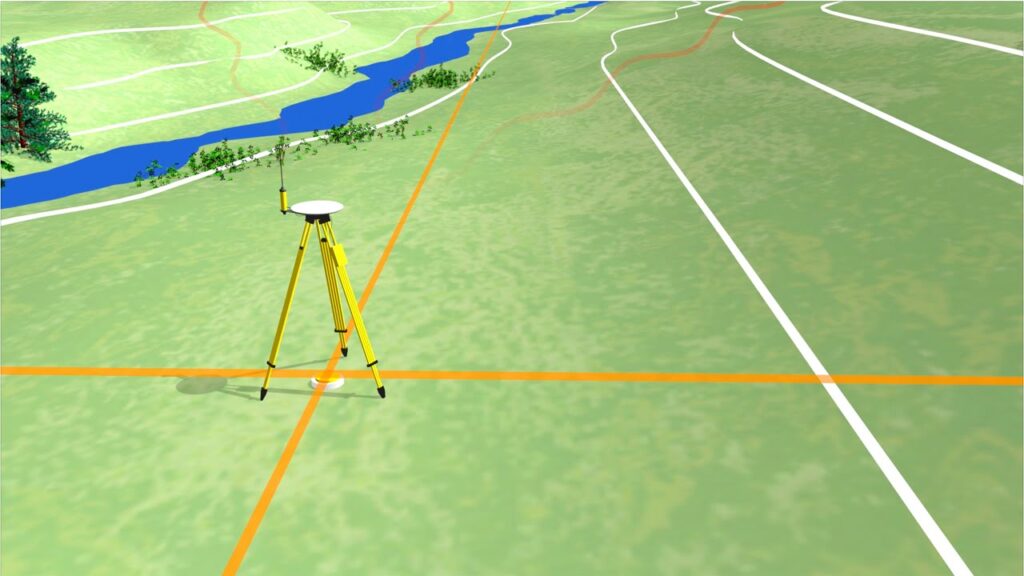THE IMPACT OF LOCATION ON PROPERTY VALUES
The Impact of Location on Property Values
Location is a critical factor that significantly influences property values. Whether you’re buying, selling, or investing in real estate, understanding how location impacts property values is essential. This article explores the various ways in which location can affect the value of a property.
1. Proximity to Amenities
One of the most significant factors that affect property values is the proximity to amenities. Properties located near schools, hospitals, shopping centers, parks, and public transportation tend to have higher values. Access to these amenities increases the convenience and quality of life for residents, making the area more desirable.
2. Neighborhood Reputation
The reputation of a neighborhood plays a crucial role in determining property values. Safe, well-maintained neighborhoods with low crime rates often have higher property values. Conversely, areas with a history of crime or neglect tend to have lower property values. Buyers are willing to pay a premium for a good neighborhood.
3. School Districts
The quality of local schools can significantly impact property values. Homes in highly-rated school districts are in high demand, leading to increased property values. Families are often willing to pay more for homes that offer access to excellent educational opportunities for their children.
4. Proximity to Employment Centers
The location of a property relative to major employment centers is another critical factor. Properties situated near business districts or job hubs often command higher prices. Short commutes and easy access to work are attractive features for many buyers and renters.
5. Scenic Views and Natural Features
Properties with scenic views, waterfront access, or proximity to natural features like mountains, forests, or lakes can have significantly higher values. The aesthetics and recreational opportunities these features provide can make a location highly desirable.
6. Supply and Demand Dynamics
The law of supply and demand is evident in real estate. In high-demand areas with limited housing supply, property values tend to increase. Conversely, in areas with an oversupply of housing and less demand, property values may stagnate or even decline.
7. Economic Conditions
Local economic conditions can impact property values. Cities and regions experiencing strong job growth and economic development often see property values rise. Conversely, areas with economic challenges may experience declining property values.
8. Infrastructure and Transportation
Access to efficient transportation infrastructure, such as highways, public transit, and airports, can influence property values. Easy commuting options and connectivity to other parts of the city or region can make a location more attractive.
9. Zoning and Land Use Regulations
Zoning and land use regulations set by local authorities can affect property values. For example, strict zoning laws that limit the density of development can result in higher property values due to a sense of spaciousness and exclusivity.
10. Historical and Cultural Significance
Properties located in historically or culturally significant areas may have higher values due to their unique character and preservation efforts. These locations often appeal to buyers interested in preserving and celebrating heritage.
Location is a critical factor that significantly impacts property values. Buyers, sellers, and investors should carefully consider the factors mentioned above when evaluating real estate opportunities. A well-chosen location can lead to a sound investment and a higher quality of life for homeowners. Understanding the dynamics of location and property values is essential for making informed real estate decisions.


